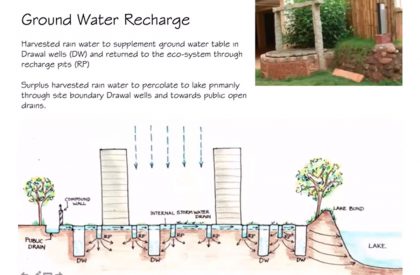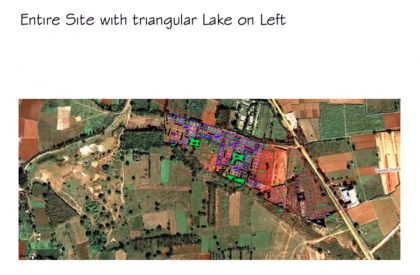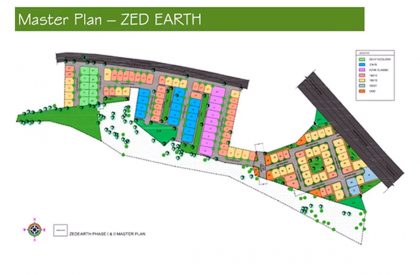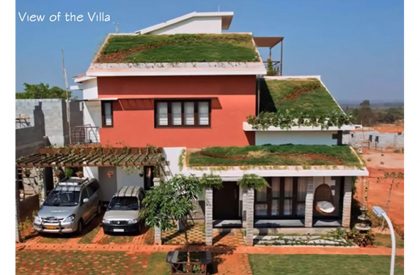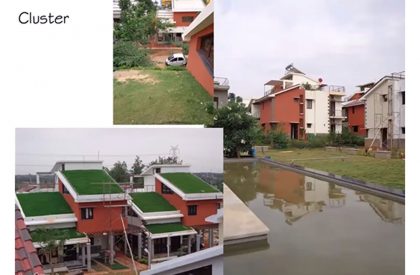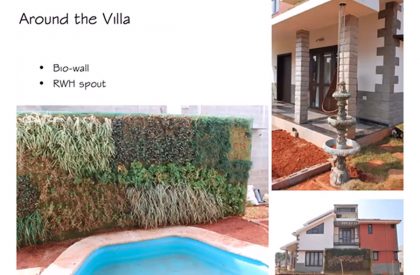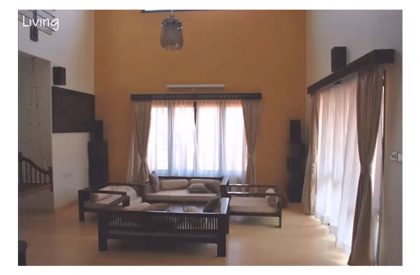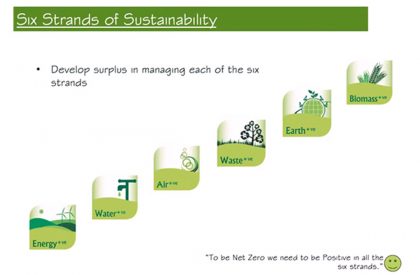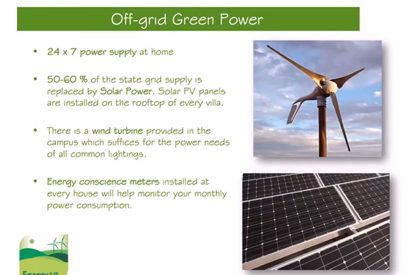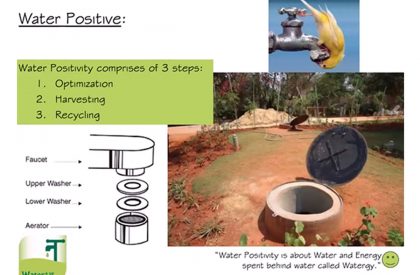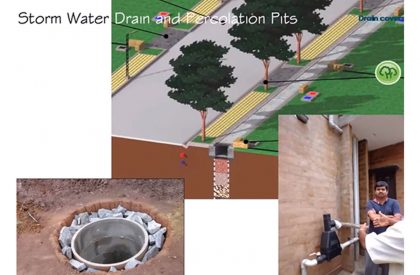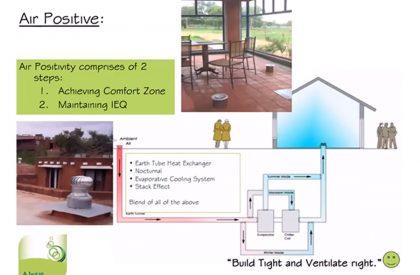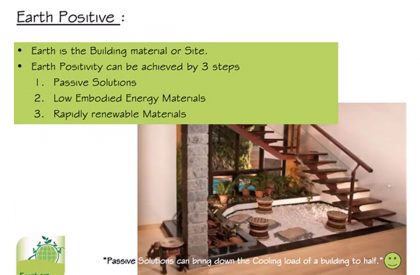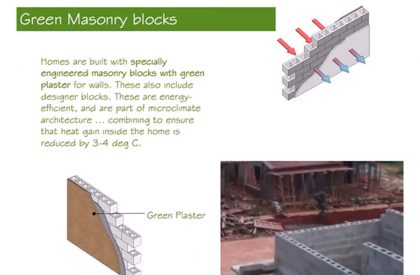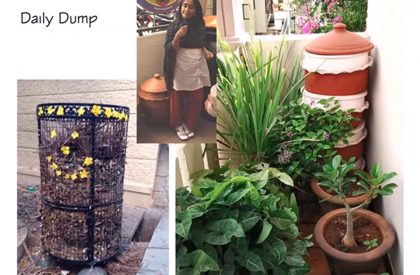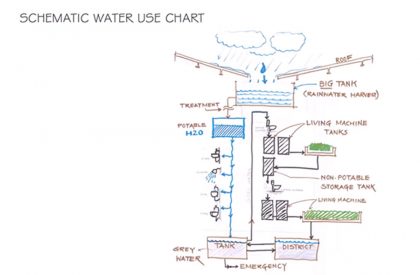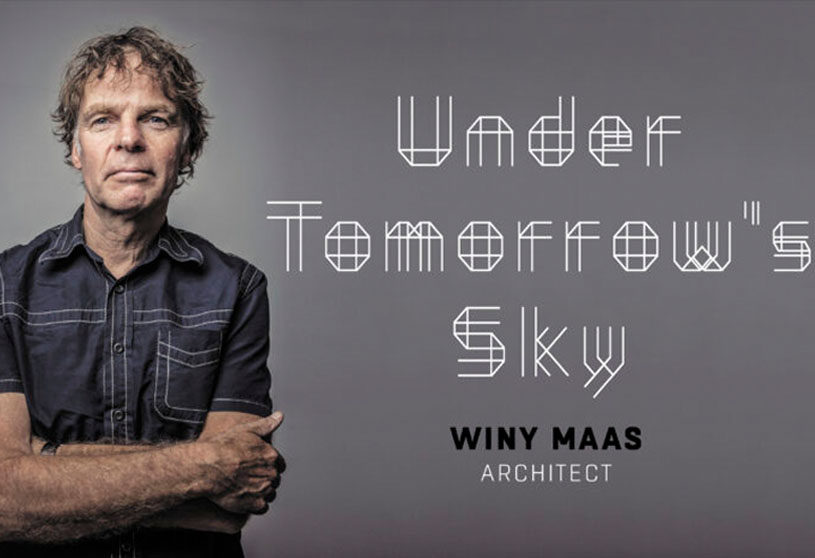Reflections is an initiative by Archidiaries, wherein guests are invited for an online interview to make a presentation of their work/research; followed by a discussion anchored around the presentation. This is a continuous ongoing series with interviews coming on alternate Tuesdays of every month.
Hiten Chavda has graduated with a Bachelor in Architecture from CEPT University, Ahmedabad. After 5 years of practice in India, his interests in Sustainability led him to do Masters in Energy Efficient and Sustainable Building from Oxford Brookes University, Oxford, UK. His work experience at Terry Farrell in London helped him gain insight and exposure on various international projects. Few years as Principal Architect of one of the greenest developers of India in Bangalore, helped him in building practical solutions for sustainability. Currently he is the founder and partner at Anahat architects, Vadodara along with his association with academia.
Hiten starts the talk with a dilemma. Issues of sustainability were raised long back in India, but he realized that if they were to be implemented, they had to be economical for Indian population. Moreover, there were social concerns in applying sustainability back when he started working in 2009, over which the lifestyle of the Indian women running the households were not aligned with sustainability. From this understanding emerged the Idea of Green- without changing your lifestyle. The talk is centered on this idea, and all of his work has been a quest to find the solutions to the problems that sustainability poses in an Indian lifestyle.
Hiten talks about the time that he had come back from the UK and started working for Biodiversity Conservation India Ltd. (BCIL), as an architect for their projects in Bangalore. His first observation was that as a major city Bangalore had no rivers, rather it drew its water supply from a network of lakes in and around the city. The traditional wisdom was always to go to the lake for their daily activities. With Britishers developing the city, the most important lifestyle change was that water was now provided to our houses, instead of us going to the water bodies, the water came to us. In the post-colonialist era too, the city started fetching water from the Kaveri river by pumping it uphill to the city to meet its water usage. This has been a costly process, and the city has been facing water shortage for many years now.
I. Design Strategies for the Project
In the project – of 120 bungalows, Hiten envisioned all of the bungalows to be a water engine, each house would be water independent of the system, have its harvesting systems for usage, and send its overflows to the lake.
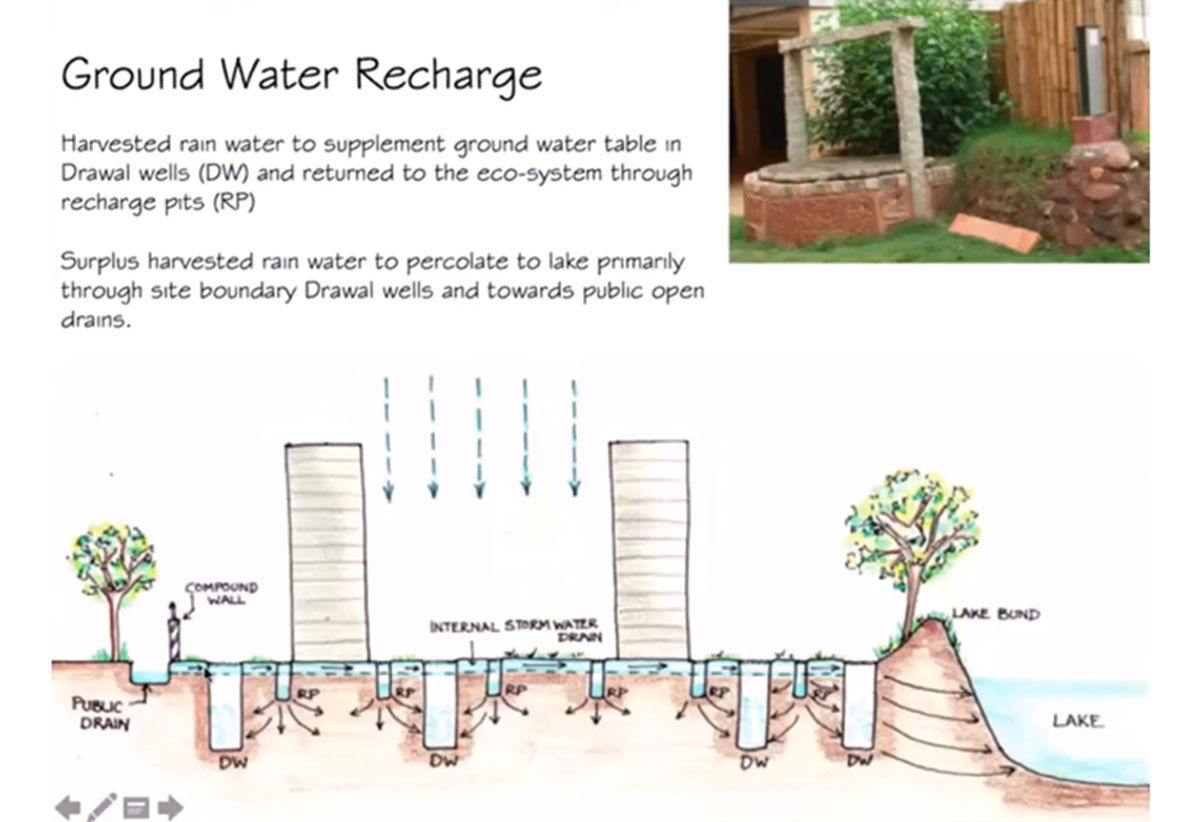
A system was made for the project, where the architects were able to reduce the usage of fresh water from 250 liters per person per day to 100 liters per person per day.
Site selection with presence of a Lake and a seasonal stream at the south directionThe site was planned like the city, where there will be several recharge wells to recharge the ground and have the excess water sent to the lake. With this in mind, they selected a site on Belapur road, northwest Bangalore. The site was selected close to the lake where there was a catchment area in a swail form. This swail was government land where the landscape was redeveloped to densify the vegetation, in turn cooling the temperature around the site as the south-west winds crossed.

The site was planned to keep the road networks to a minimum, which helped the developers. This led to an organization where every set of houses had a traffic-free area for the children to play.
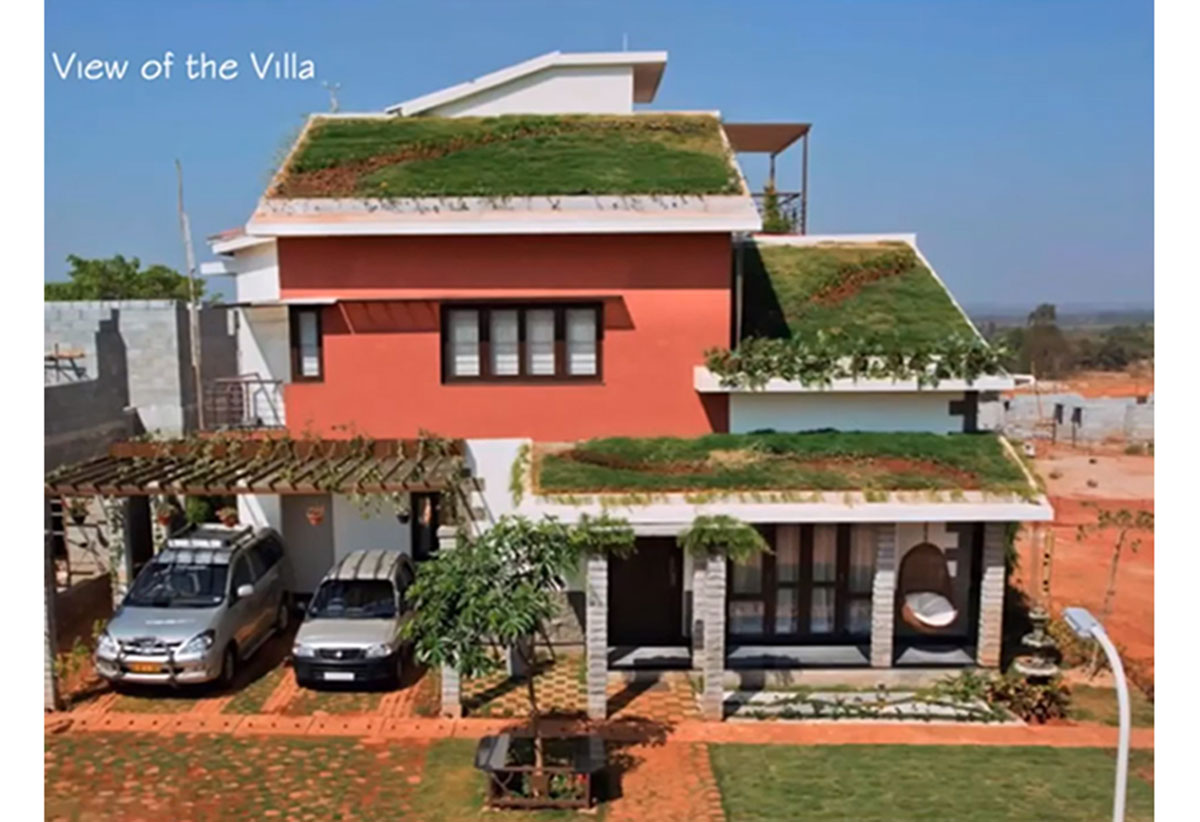
The high-end users, who would occupy this villa, were used to having air-conditioned environments. To reduce the air conditioning needs, the terrace was designed to be green, where birds could nest and this would also keep the temperature of the units on the lower side.
II. Six Strands of Sustainability: design philosophy behind the project

From materiality to the system the entire site was developed on the principles of six strands of sustainability. The idea was to have surplus when it came to managing each of the key resources associated with sustainable architecture: energy, water, air, waste, earth and biomass. For energy management each unit has solar panels, which runs for everything in the house except the motors and air conditioning. This cut down the electricity needs from the grid majorly. The campus has optimized water consumption, reduced water needs and constructed recharge wells. The design details of the street facilitates water percolation to recharge ground water levels of the site as well as the lake. Air positivity is motivated through green roofs. The motto as Hiten says “was to build tight and ventilate right.” The use of the ‘Kumbh and rolly-polly digesters helped decompose daily waste from houses. The landscape of the campus was about creating a microclimate around it . In each unit, there were no compound walls, to have privacy the bio-walls were made and there were garden spaces all around the house for each family to grow their food.
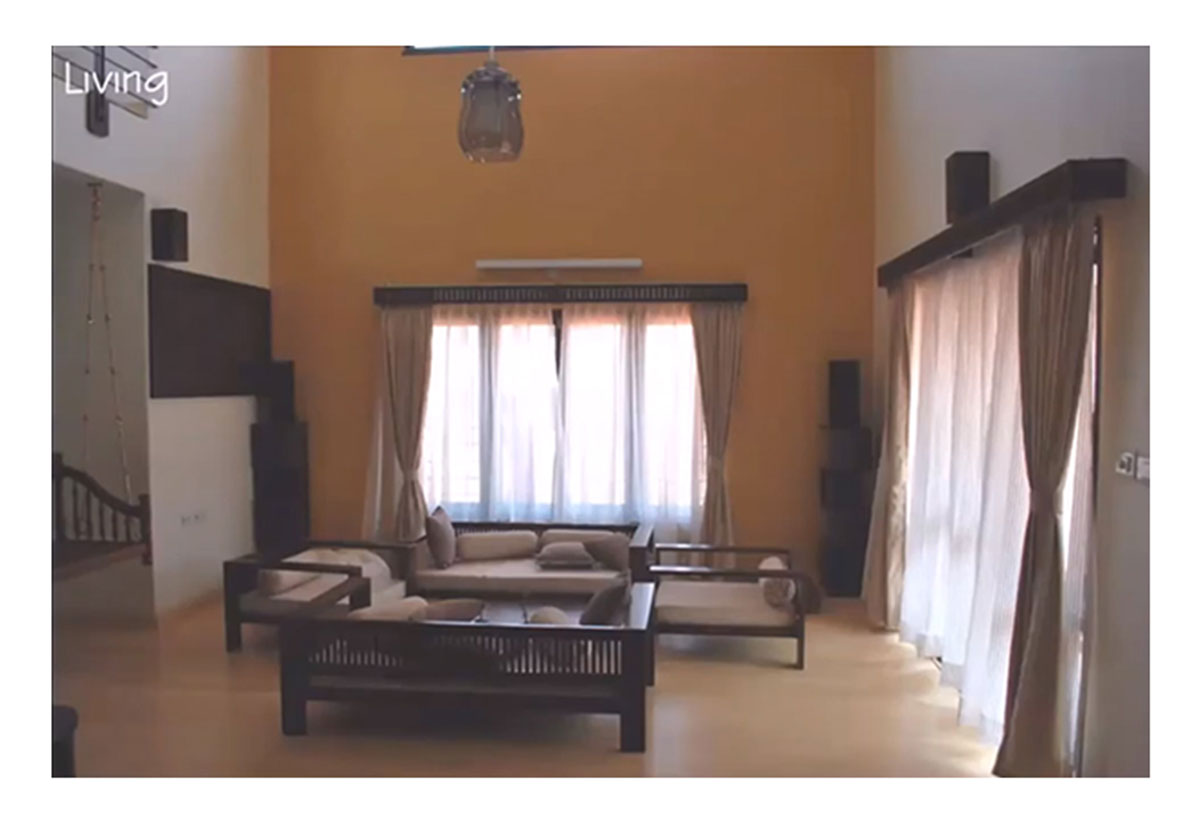
The material selection for the finishes of the houses reflects the same concerns of sustainability. The interiors here are designed in rubberwood and Acacia wood, which is a more sustainable option as it’s a plantation wood, also rubberwood faces fewer termite issues than others. The plasters were done using Gypsum, which is an industrial by-product. The flooring was made using bamboo boards.
III. Discussion
“Uptil now none of the features are such the person has to compromise the way they live, and that is our motto- Green without changing your lifestyle”
In India, if we want sustainable technology, we have to make it cost-effective. The extra cost that a sustainable house needs is 4-5 percent, this cost will recover itself in 5 years. The energy consumption that residences and commercial buildings consume one-third of all the electricity consumed, which is still mostly produced by fossil fuels. This leads to thinking that it is high time that sustainable systems should become mandatory, with the rate of construction that goes on in our country. Hiten suggests that if we follow the national building codes and Environmental building codes(ECBC), that will be a good starting point, as these documents already have a lot in place.
The level of knowledge that fresh architects have today, they would find the ideas that Hiten learned during his education novel, and that is what concerns him. The necessary discussions and learnings around sustainability have not progressed in academics.
“To me, it is a pain point that the academics in this country are not going ahead with full force on bringing these common-sense common knowledge strategies to the knowledge bank.”
Hiten explains further that sustainability can not only be adopted at the Villa or bungalow level, you can easily adapt it anywhere.
“We can do justice to sustainability at any scale, you give me an apartment, you give a villa, you give me a school, at any scale this can be adopted. I don’t see a reason why it can’t be adopted!”
When asked how the user responded to the efforts of making the project more sustainable Hiten points out that this project was in Bangalore where people are much more progressive, educated, and aware of these issues.
“When it comes to lifestyle changes there is a little bit of resistance even in these educated communities, but we had created so much greenery and a microclimate that they always had some mali’s (Gardeners) moving around. The mali’s (gardeners) would benefit from the decomposed waste and the people living there would get some help. This is where you need to socially engineer the project. They established a cycle where mali’s (gardeners) would do all the gardening, collect all the waste, and decompose it, and in return, they can take the manure home. This benefited both the communities. A lot of our efforts require social engineering and we need to think in a closed loop to make it successfully work.”
This project shows how we can inculcate sustainable practices into the design and lifestyle of the user while giving them an experience that they would enjoy. While talking to the students in the interview, one of the questions raised was how can sustainability be implemented in harsh climates?
“Climate is just another layer for us, we simply need to choose the materials. For example, a green roof works in Gujarat as well. For any climate, you can explore the material options and it is just about finding the right one. The knowledge that students lack is how thermally a building behaves, if you know how the building works, you can easily work these things through.”
The discussion in the interview is both stimulating and knowledgeable equally . Reflecting on the Greenfield project by Hiten raises our curiosity to learn more about sustainability, and how we can implement it on all scales. The motto Green without changing your lifestyle fits well with the lifestyle that we lead in India. Such an approach to building green is what can help our country solve many environmental problems.

